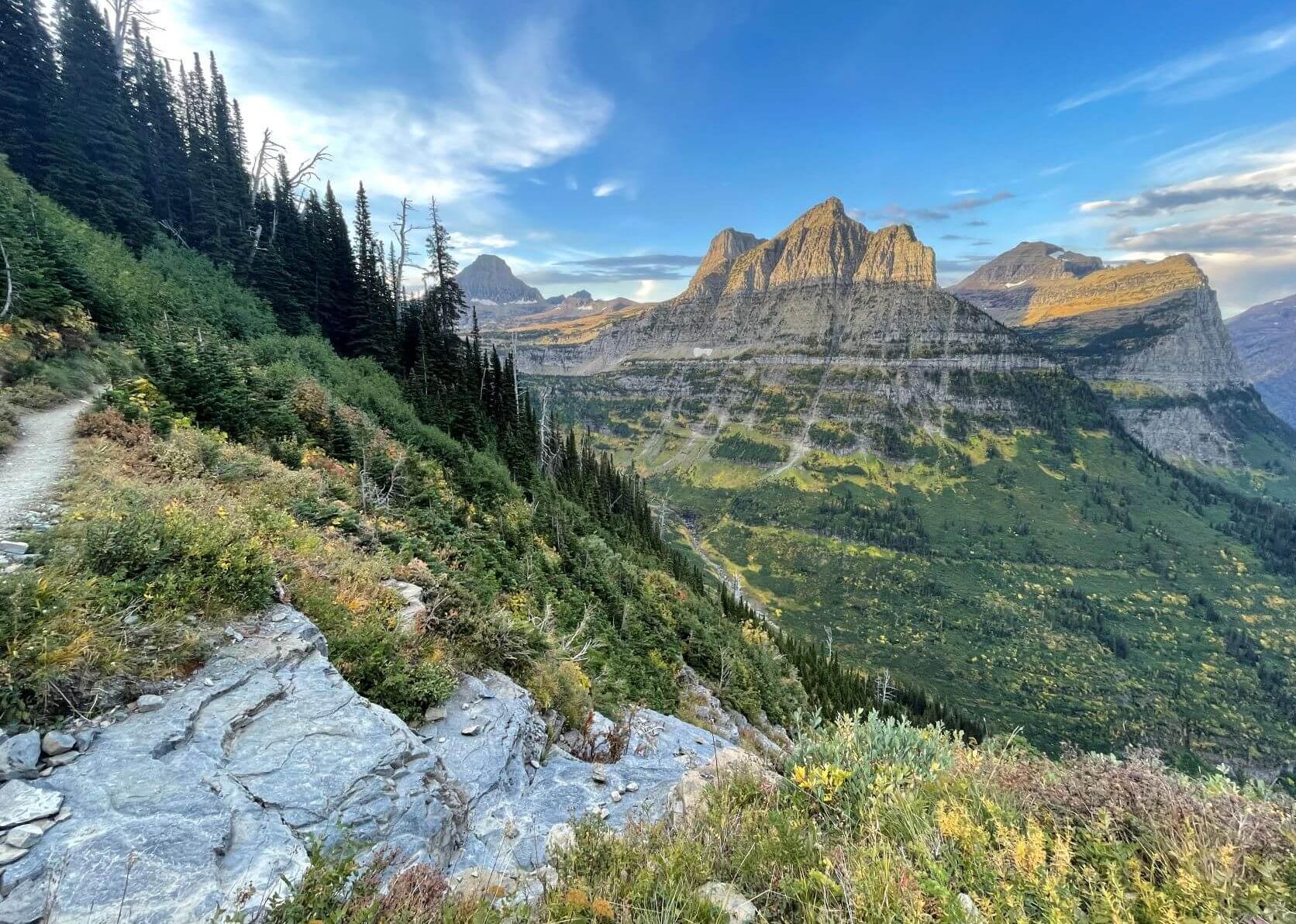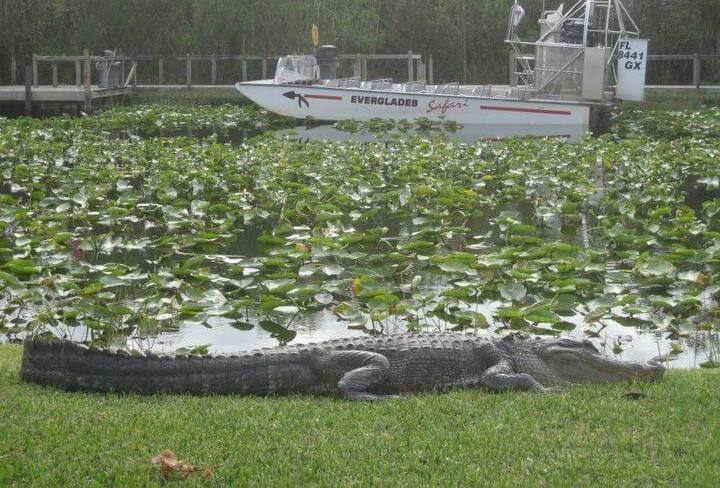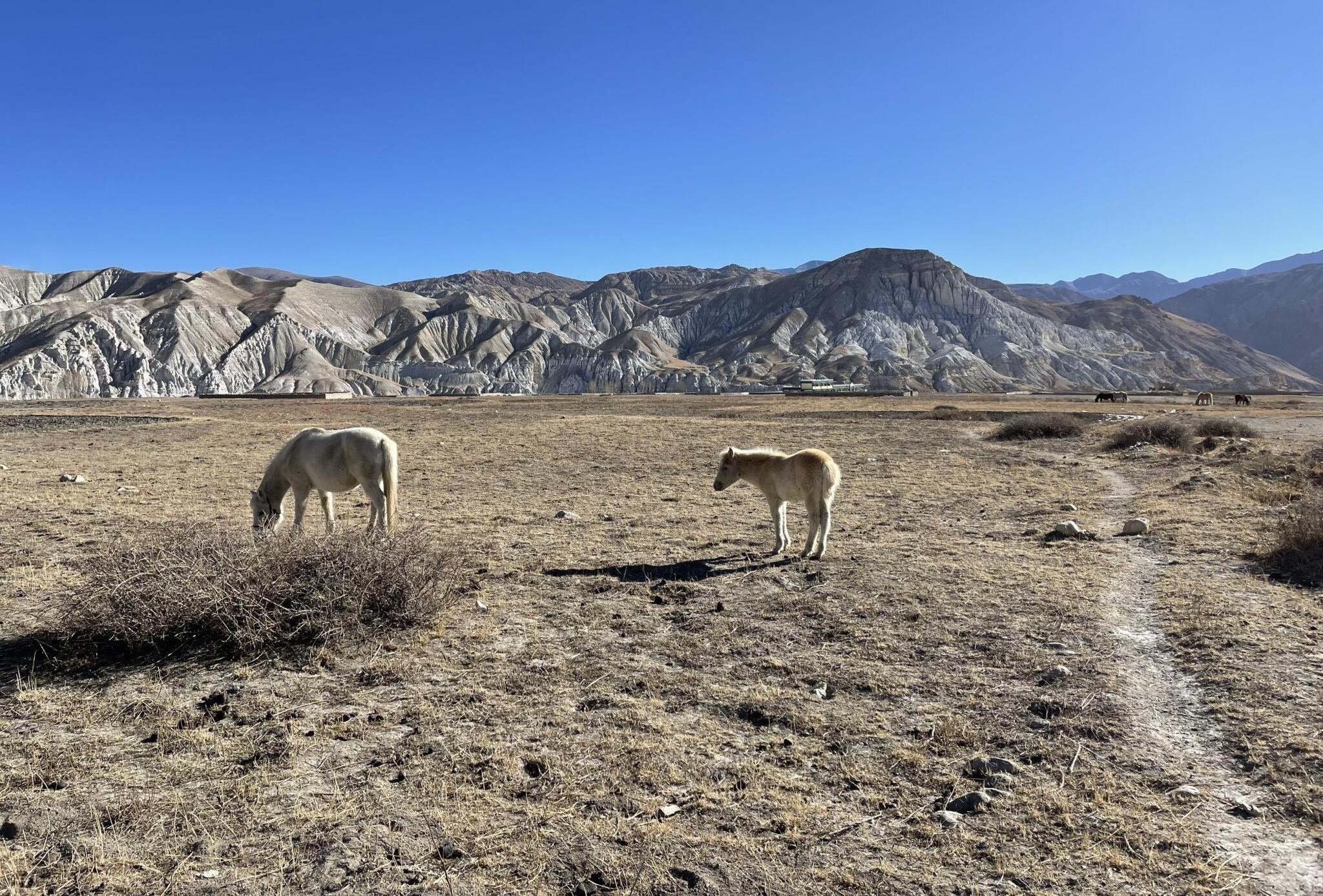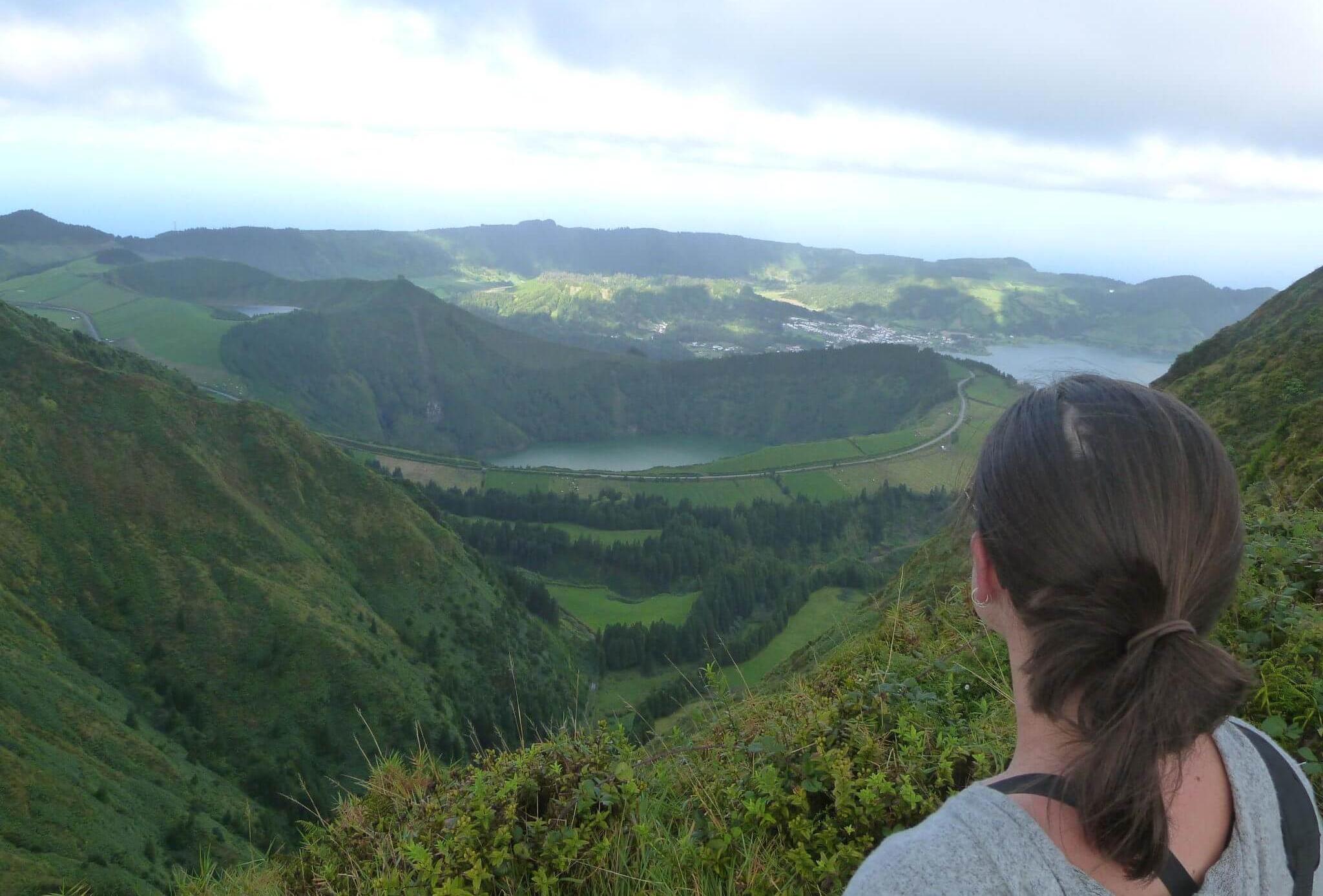
“The journey of a thousand miles begins with a single step.” – Lao Tzu
Have you ever felt confined in an office or stuck in traffic, yearning for the freedom of a long walk in nature? Or perhaps while on a day hike, you wished to escape deeper into the woods for an extended period? Personally, I frequently experience an urge to embrace the trail and stay connected with nature for as long as possible.
My initial exposure to the world of thru-hiking came from my day hikes on the Appalachian Trail. However, it was my engaging with Keith Foskett’s literature that ignited my passion for the idea of undertaking a thru-hike. I aspire to explore as many thru-hikes as I can envision, starting with the Camino.
Though I have yet to test my thru-hiking abilities, planning for such an undertaking is pivotal. This article presents a comprehensive overview of the long-distance hiking realm, featuring insights from seasoned hikers. Future articles will delve deeper into each aspect discussed here.
Selecting a Hike

What constitutes a thru-hike is a topic of considerable debate within the hiking community. Generally speaking, a thru-hike involves traversing a significant distance within a specific timeframe, often determined by seasonal changes. However, differing perspectives exist regarding what constitutes a “true” through-hike, especially concerning shortcuts or hitchhiking.
So, which trail will you choose? The options are abundant, both globally and locally. In the United States, some prominent choices include the Appalachian Trail, Pacific Crest Trail, Continental Divide Trail, and North Country National Scenic Trail.
Globally, noteworthy hikes include Hadrian’s Wall in England, the Komono Kudo in Japan, treks across Jordan, and of course, the Camino de Santiago. Each of these thru-hikes presents unique challenges, varying lengths, and distinct planning requirements. Let’s examine a few more closely.

The Camino de Santiago, or Way of St. James, consists of a network of pilgrimage routes spanning Europe. Starting points range from England and several locations in France, but all ultimately converge in Santiago de Compostela, the final resting place of St. James. The Camino Frances, a 500-mile journey from St. Jean-Pied-du-Port in France to Santiago, is particularly popular. While it lacks rugged wilderness, its well-trodden path is frequented by numerous hikers, with towns along the route providing accessible accommodations and less gear necessity.
For those seeking greater challenges, the North Country National Scenic Trail spans 4,600 miles across seven states, from North Dakota to New York. This diverse trail weaves through national grasslands, forests, urban areas, and scenic vistas, necessitating comprehensive physical and logistical preparation.

Conduct Thorough Research
After selecting a trail, dive into dedicated resources about it. The Appalachian Trail Conservancy offers extensive information to help you prepare for your hike, including the sobering statistic that only 1 in 4 hikers complete the trail each year. The site even provides access to a backpacking course to enhance your skills; however, it is advisable to register well in advance due to limited availability.

A wealth of information exists regarding logistics, including permits, transportation, camping regulations, and starting points. Additionally, you will need to plan your resupply points; this varies in importance based on the trail selected. For example, the Pacific Crest Trail necessitates strategic planning for resupply boxes containing food, first aid supplies, and other essentials. Conversely, trails like the Camino de Santiago feature numerous towns along the route, making resupply logistics simpler.
Preparing Your Gear
With logistics sorted, focus on selecting your necessary gear. The primary challenge lies in packing efficiently while minimizing weight. Numerous companies offer ultralight packs, which can significantly enhance your hiking experience when you streamline the weight you carry.
This brings to mind the experience shared in the narrative of Wild, where the author struggled with an excessively heavy pack named “Monster.” A burdensome pack can severely impact your hike, underscoring the importance of careful preparation.
Numerous resources detail effective packing strategies for a thru-hike. Here are a couple of helpful links:
Physical and Mental Preparation
With your pack set, it’s crucial to consider your fitness for the hike, both physically and mentally. While envisioning your hike may paint idyllic scenes of natural beauty and personal reflection, the reality can be far more challenging.
Prepare for demanding days filled with temptation to give up, as well as moments that trigger anxiety from encountering unexpected noises or treacherous weather conditions. Physical pain from elevation changes and exhaustion is commonplace, and you may find that personal hygiene takes a backseat during your travels.

Many experienced hikers advise undertaking training prior to commencing a long-distance hike. Essential fitness includes endurance, stamina, strength, and flexibility to carry your pack effectively. Consider regular day hikes with a full pack, in addition to incorporating yoga, strength training, and cardiovascular exercises.
Reflecting on Bill Bryson’s Walk in the Woods, one can appreciate the struggles faced by those unprepared for the physical demands of hiking, as exemplified by his companion, Katz.
However, insights from seasoned hikers can provide valuable perspectives on this issue.
Insights from Experienced Hikers
Strider
“Strider” has completed both the North Country National Scenic Trail (2013) and the Great Plains Trail (2016). Below are his reflections on undertaking a long-distance hike to help set realistic expectations.

Preparation Insights
For my first hike, I practiced with a heavily loaded pack leading up to the journey. I discovered that mental fortitude outweighed physical training’s necessity. Overcoming doubts was crucial to success, and focusing on the end goal proved vital.
Essential Gear Reflection
I was fortunate to pack sufficiently and utilized every item I brought.
Most Beneficial Equipment
The most crucial gear often overlooked is a designated set of sleeping clothes. Keeping dry and warm at night can significantly improve comfort and mitigate the risk of hypothermia.
Greatest Challenge Faced
Completing the trek proved to be the biggest challenge. Maintaining mental toughness in adverse conditions for extended periods was demanding.
Most Rewarding Aspect
Despite breathtaking landscapes, the interactions with fellow hikers emerged as the highlight of my journey.
Key Lessons Learned
I discovered my resilience, both mentally and physically. Moreover, I learned the fundamental goodness in people, contrasting with the prevalent negative narratives in the media.
Advice for First-Time Hikers
For future hikes, approach each one with an open mind, devoid of expectations. Every trail offers unique challenges. Appreciating each journey for what it presents will enhance your experience.
Additional Insights
Upon completing my first hike, I found newfound confidence in my abilities. Nevertheless, transitioning back to society can pose challenges, leading to feelings of loneliness after the immersion in nature.
Laureen
Next, I spoke with Laureen, who completed the Camino de Santiago Frances last September. Starting from St. Jean Pied de Port in France, her journey totaled 486 miles.
Preparation Insights
We dedicated about a year to training, progressing from five-mile hikes to fifteen miles. While I was physically ready, the mental preparation for such an immense venture was daunting. Hindsight often makes it clear that overthinking can be counterproductive.
Underutilized Gear
Extensive research guided our packing, leading to minimal excess. However, I found my small clothesline unnecessary as alternatives were readily available, and much of my first aid kit went unused since items were easy to acquire along our route.
Most Beneficial Equipment
Hiking poles became my essential companions. They aided in elevation changes and alleviated hand swelling by allowing my hands to stay at heart level.
Greatest Challenge Faced
The hardest aspect proved to be mental resilience. As the mileage markers revealed the distance left, it prompted anxiety regarding our undertaking; however, my mindset eventually aligned with the journey.
Most Rewarding Aspect
The highlight consisted of quality time spent with my husband, revisiting shared memories and contemplating our future while immersed in nature.

Key Lessons Learned
The experience underscored the importance of presence. While some days were hurried, sauntering along the path granted a reprieve from stress and anxiety, revealing the significance of tradition as I followed in the footsteps of countless pilgrims.
Advice for First-Time Hikers
Incorporate rest days into your training regime. We took one rest day each week during our 38-day trek, balancing training intensity to prevent injuries like the plantar fasciitis that afflicted me before embarking on our journey.
Additional Insights
The Camino proved transformative. Its spiritual and physical demands revealed strengths I had yet to discover, forging connections with a diverse array of fellow travelers. One particularly memorable moment involved savoring coffee on a mountain during a rainstorm, a simple pleasure that felt like heaven.
Keith Foskett (AKA Fozzie)

I’m grateful for Keith’s willingness to share his insights, given his impressive accomplishments in the world of thru-hiking.
Thru-Hikes Completed and Mileage
- El Camino de Santiago – Le Puy en Velay to Santiago (2 times) – 2,000 miles
- El Camino de Santiago – St Jean Pied de Port to Santiago – 500 miles
- Pacific Crest Trail – 2,640 miles
- Appalachian Trail – 2,200 miles
- Continental Divide Trail – 525 miles (not completed due to injury).
First Thru-Hike Experience
My inaugural thru-hike was the El Camino de Santiago from Le Puy en Velay to Santiago in 2002.
Preparation Insights
Physically, I simply walked! A three-month preparation involving two hours of daily walking and longer weekend hikes prepared me well. Additionally, I incorporated cross-training activities such as cycling and swimming while avoiding running due to injury risks.
Essential Gear Reflection
I found a compass unnecessary on well-marked trails like El Camino, where guidebooks and local advice sufficed. Although some argue that navigational tools are essential, I tend to omit them regularly.
Most Beneficial Equipment
Simple trail shoes, particularly Brooks Cascadias, have proven invaluable. Transitioning from cumbersome leather boots to these shoes greatly alleviated blister woes.
Greatest Challenge Faced
Initially, blisters plagued my experience on trails like El Camino and the PCT. However, proper footwear adjustments, pacing, and allowing my feet ample breathing time yielded significant improvements.
Most Rewarding Aspect
Relishing the solitude away from civilization emerged as the most fulfilling aspect of my experience.

Key Lessons Learned
Thru-hiking taught me to pursue my dreams without fear. The trail offers ample time for introspection, revealing aspects of life to change for the better. It fosters courage and encourages altering one’s life for fulfillment.
Advice for First-Time Hikers
Establish a start date. For years, I contemplated various hiking routes, only to find excuses. Setting a firm date catalyzed action, transforming dreams into achievable goals.
Further Recommendations
Resilience is paramount during a thru-hike; many challenges are psychological. On difficult days, pushing through can lead to better experiences on the following days. Equip yourself with lightweight gear and avoid overpacking to enhance comfort and enjoyment.
How to Connect
Website and blog: https://www.keithfoskett.com/
Facebook Page: https://www.facebook.com/Keith-Foskett-Fozzie-270894196286427/
Conclusion
I sincerely appreciate the insights shared by these experienced hikers. Their inspiring stories resonate and motivate me to pursue similar experiences. For a quick reference on preparing for your first thru-hike, consider this post by Backpacker.

Have you embarked on a thru-hike? What insights and preparation strategies shaped your experience? Share your stories with us.





